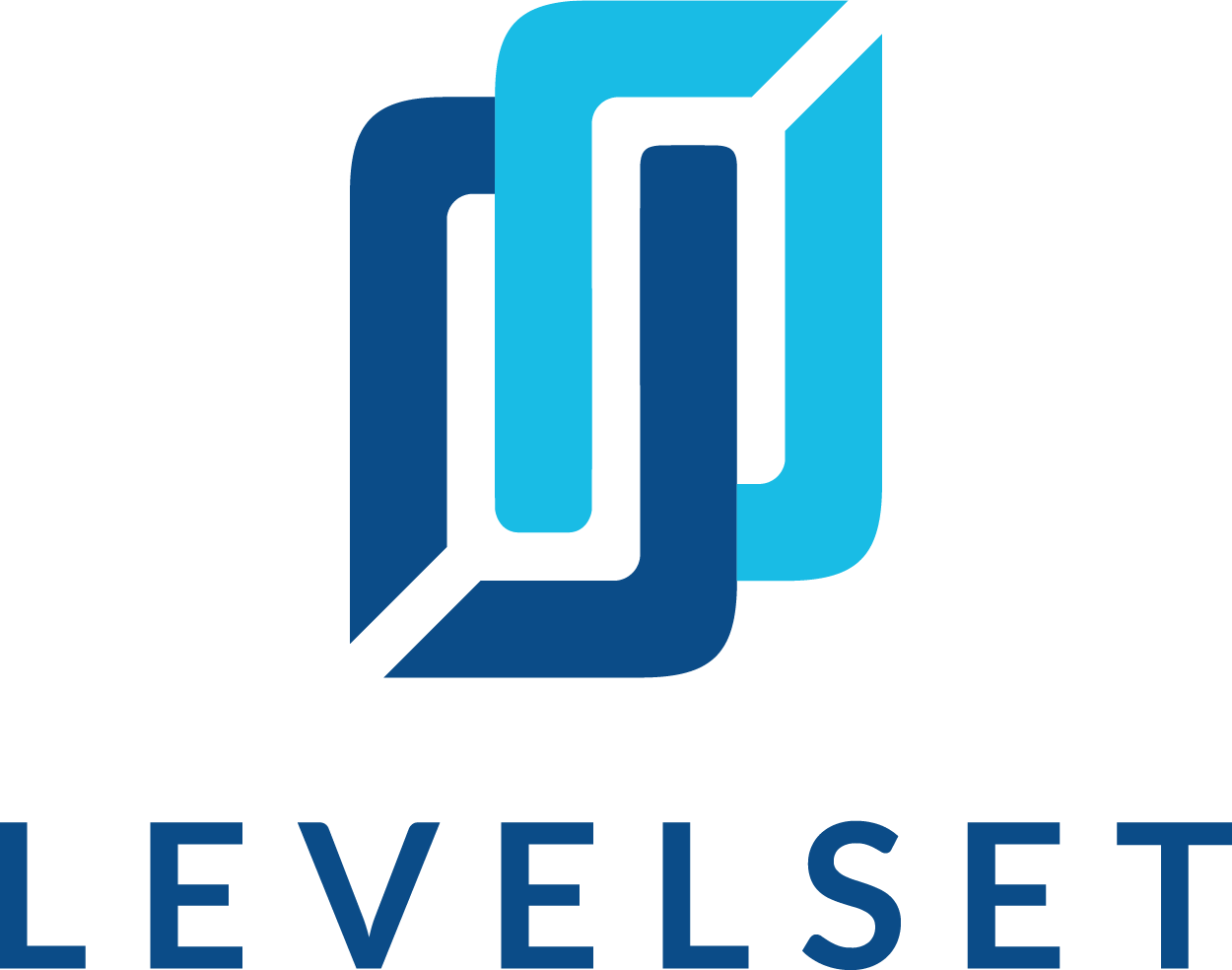
Back in September, we published a post on our Lien Law News page about the passage of AB 1701 in California. At that time the bill was not yet signed by CA Governor Jerry Brown, but in mid-October, he put his signature on the bill. AB 1701 only affects construction contracts that are entered into after January 1, 2018. With the new year just a few short months away, let’s step into the weeds of AB 1701 and what it will require of California contractors in 2018 and beyond.
Overview of California AB 1701
First, a quick overview (taken from our prior post on the legislation):
Assembly Bill 1701 makes a general contractor jointly liable for the unpaid wages, fringe benefits, or other benefit payments or contributions of a subcontractor (at any tier).
It provides greater down-the-chain protection on private projects while preventing the misclassification of employees as independent contractors. The bill applies even if the general contractor has paid the sub – if the GC pays a sub, but the sub does not pay wages, the GC will still be liable. AB 1701 does not apply to public projects, however.
To quote the bill’s author, Tony Thurmond:
“This measure incentivizes the use of responsible subcontractors and helps to ensure the economic vitality of the construction industry and its role in the creation of good paying middle class jobs.”
For general contractors, that can sound pretty scary. But let’s take a look at the nuts and bolts before you say, “We got screwed!”
Note: The National Law Review also has a great breakdown on AB 1701.
Want to see California AB 1701 in action?
California General Contractor Fined $68,000 Under AB 1701
The Nuts and Bolts of AB 1701
Following January 1, 2018, a general contractor making or taking a contract for the erection, construction, alteration, or repair of a building, structure, or other work will assume and become liable for debt owed to a wage claimant or to a 3rd party on the wage claimant’s behalf. This includes a sub of any tier.
How’s it Enforced?
Actions to enforce a claim under AB 1701 must be made within 1 year of:
(1) recordation of the notice of completion of the direct contract, or
(2) recordation of a notice of cessation of the work covered by the direct contract, or
(3) actual completion of the work covered by the direct contract.
As for who can claim, let’s use some direct quotes:
The Labor Commissioner may enforce against a direct contractor the liability for unpaid wages created by subdivision (a) pursuant to Section 98 or 1197.1, or through a civil action. The direct contractor’s liability shall be limited to unpaid wages, including any interest owed.
That’s a bit of silver lining – when action is brought by the Labor Commissioner, there won’t be any punitive measures. A general contractor will merely be required to pay unpaid wages plus interest.
A third party owed fringe or other benefit payments or contributions on a wage claimant’s behalf may bring a civil action against a direct contractor to enforce the liability created by subdivision (a). The court shall award a prevailing plaintiff in such an action its reasonable attorney’s fees and costs, including expert witness fees.
Now, there’s a red flag: if a third party (read: union or benefits organizations) was supposed to receive contributions or benefits payments, they can bring a civil action and, if they win the suit, they automatically receive attorney fees and costs plus expert witness fees. Those costs can add up in a hurry.
A joint labor-management committee may also bring suit, and they will also be entitled to attorney fees, costs, and expert witness fees upon prevailing. But beyond that, no other party may bring an action against a direct contractor to enforce the liability under AB 1701.
As you may have noticed, individual employees are not included – they may not bring a claim on their own behalf.
General Contractor’s Additional Rights
Upon a general contractor’s request, a subcontractor (along with any of their own lower tier subcontractors) must provide their payroll records. The payroll records must contain information sufficient to apprise the requesting party of the subcontractor’s payment status in making fringe or other benefit payments or contributions to a third party on the employee’s behalf.
Upon a general contractor’s request, a subcontractor, along with lower tiered subs, must provide award information, including: project name, name and address of the subcontractor, hiring party, anticipated start date, duration, estimated journeymen and apprentice hours, and contact information for their subs on the project. In order to best reserve the right to inspect these records, it’s best practice to specify what documentation might be required from a subcontractor right in their contract.
You’re probably thinking, “Ok, but what if they don’t provide that info?”
The statute has got you covered: the direct contractor may withhold as “disputed” all sums owed if a subcontractor does not timely provide the information requested until that info is provided.
Indemnity
Another bit of good news: AB 1701 does not prohibit a general contractor or sub of any tier from “establishing by contract or enforcing any otherwise lawful remedies against a subcontractor it hires for liability created by the nonpayment of wages, fringe or other benefit payments, or contributions by that subcontractor or by a subcontractor at any tier working under that subcontractor.”
In other words, indemnification agreements are not affected. So, while a GC may not avoid AB 1701, they can include indemnification language regarding the above claims. This won’t completely erase the headache that AB 1701 will create for contractors, but it will greatly reduce a GC’s financial risk.
Plus, as they say: “Misery loves company.”
